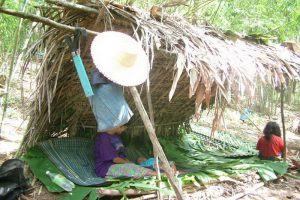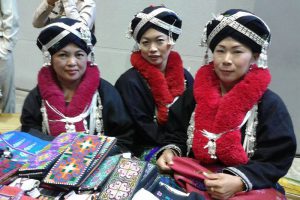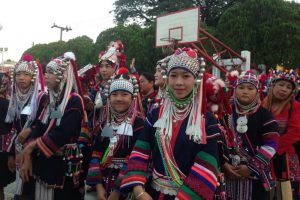Karen People
Karen People of Mae Hong Son: Tradition, Identity, and Responsible Tourism
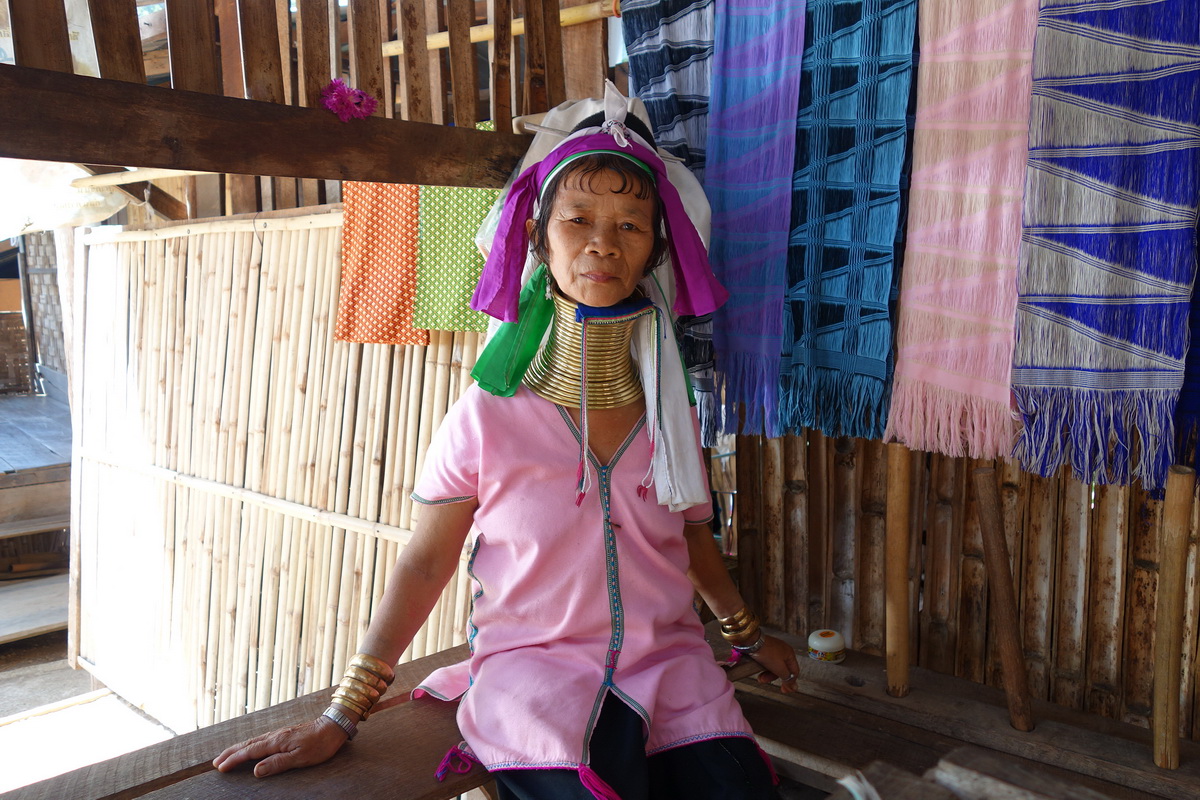
Karen People are one of the most frequently-found ethnic tribes in Thailand. Their lives contain many parts of interesting lifestyles and cultures.
🏞️ Origins and Historical Background
The Karen people are among the most prominent ethnic groups in Thailand, particularly in the misty mountains of Mae Hong Son Province. While their exact origins remain uncertain, linguistic and cultural links connect them to the Sino-Tibetan peoples of southern China and Tibet. For centuries, their homeland lay in Myanmar’s Karen State and Kayah State.
During the 18th century, recurring wars between Burma and Siam forced many Karen to flee across the border. They sought refuge in northern Thailand, especially in Mae Hong Son, where they could continue their traditional way of life in more peaceful surroundings. Today, Mae Hong Son is home to a dense concentration of Karen villages, where culture and identity remain deeply preserved.
Nationwide, Thailand has around 1,993 Karen villages, with more than 350,000 people living in close-knit communities across the north and west. But Mae Hong Son stands out as a cultural heartland where the Karen’s traditions are most visible.
🌍 Subgroups of the Karen in Mae Hong Son
The Karen are not one single group, but a family of related subgroups. In Mae Hong Son, five main communities contribute to the province’s ethnic diversity:
- Sgaw (Sako): The largest subgroup, widespread in Mae Hong Son. They are known for rotational farming, distinctive white dresses for unmarried women, and deep-rooted spiritual beliefs.
- Pwo (Poe): Found in Mae Hong Son and Chiang Mai. They produce some of the region’s most colorful textiles and maintain rich oral traditions.
- Pa Oe (Pa-O): A smaller subgroup in Mae Hong Son, whose culture revolves around agriculture and rituals linked to natural spirits.
- Ba Wae (Bwe Karen): Also present in Mae Hong Son, preserving traditional village customs and community solidarity.
- Kayan (Padaung/Long-Neck Karen): Originally from Myanmar’s Kayah State, the Kayan migrated into Mae Hong Son during times of conflict. The Kayan Lahwi subgroup, famous for their brass neck coils, has become an international symbol of Mae Hong Son’s hill tribes.
Together, these subgroups form a cultural mosaic. While the world often associates “Karen” with the long-necked women, the truth is far more diverse—most Karen in Mae Hong Son express their culture through farming, weaving, rituals, and village traditions rather than through brass coils.
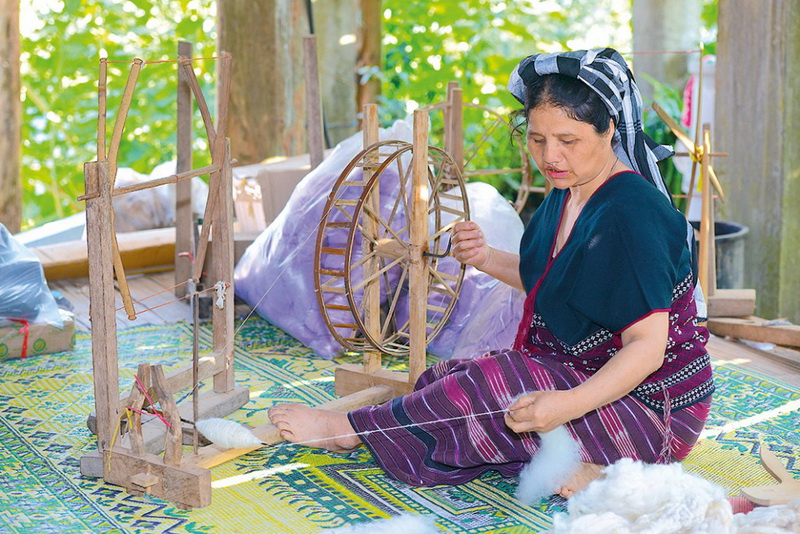
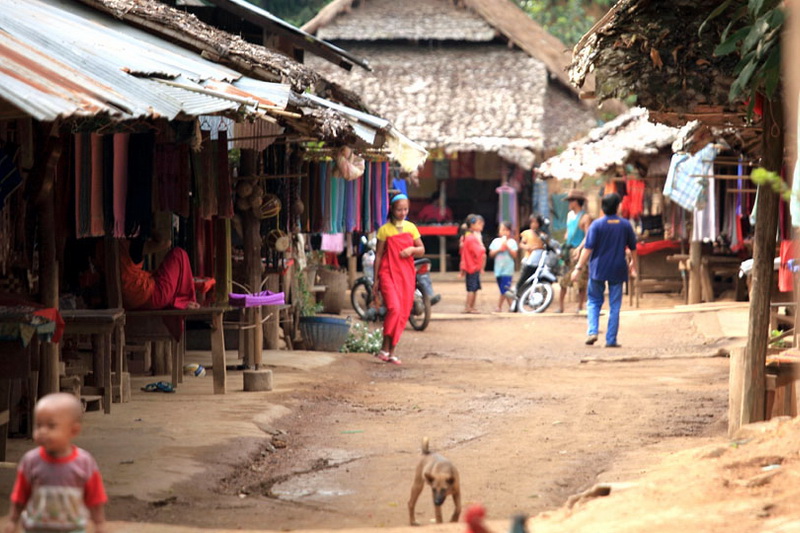
🏡 Village Life in the Mountains
Karen villages in Mae Hong Son are typically built on mountain ridges or river valleys. Houses are constructed from bamboo or teak, often raised on stilts to protect from floods and to shelter livestock below. A village usually consists of around 25 households, and families often live together with multiple generations under one roof.
Daily life is modest and community-centered. Families cook over open fires, sleep on floor mats, and fetch water from nearby streams. Marriage traditions are strong: elopement is discouraged, divorce is rare, and after a wedding the groom lives with his bride’s family for one harvest season before moving to his own house.
🌾 Agriculture and Livelihoods
The Karen are often called the “farmers of the forest.” Their livelihoods revolve around crop rotation, a sustainable system where land is farmed for a few years and then left to recover. This preserves soil fertility and maintains harmony with the forest environment.
Rice is the staple crop, but Karen farmers also grow corn, beans, and vegetables. In the past, like other hill tribes, some cultivated opium, but government and NGO programs helped them transition to sustainable cash crops. Animal husbandry is also important: families raise chickens, pigs, cattle, and buffalo. In some villages, elephants remain integral to their way of life—once essential for hauling logs and transporting harvests through mountainous terrain.
🧵 Weaving, Silver, and Cultural Dress
Karen handicrafts are highly valued. Women weave cloth on back-strap looms, producing textiles with bold patterns. Clothing reveals social status: unmarried Sgaw women wear long white tunics (Chay Kwa), while married women switch to darker blouses (Chay Mo Soo) and woven skirts. Men wear black or indigo trousers, with young men donning red shirts as a symbol of bachelorhood.
The Karen are also renowned silversmiths. Their jewelry often contains over 99% pure silver, far higher than standard sterling. Each piece is handmade, hammered, and decorated, carrying both cultural and artistic significance.
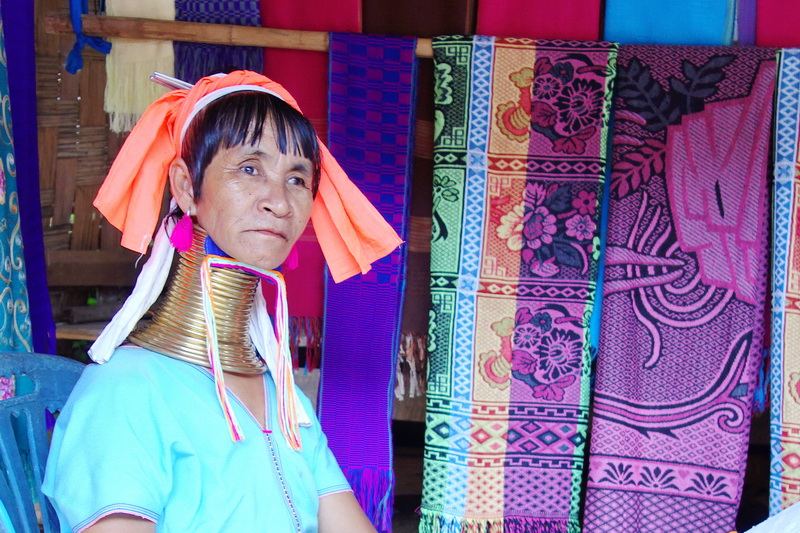
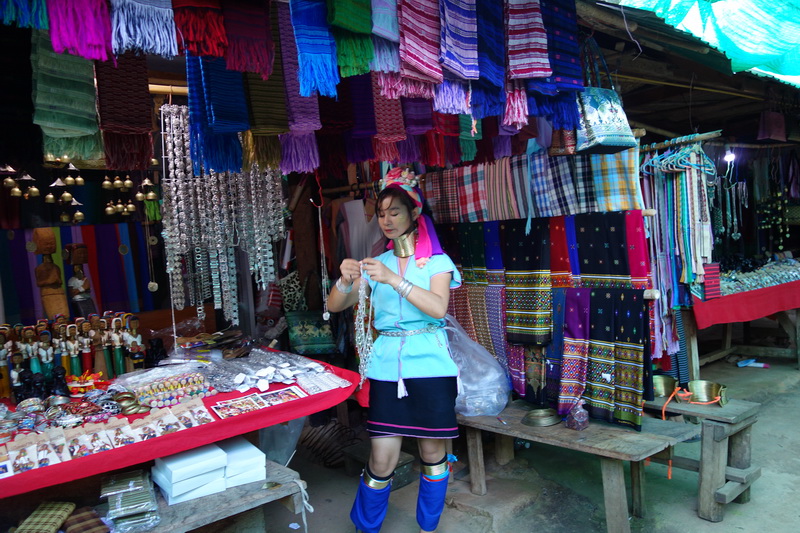
👩🦱 The Long-Neck Karen of Mae Hong Son
Perhaps the most iconic yet misunderstood group are the Kayan Lahwi, known worldwide as the “Long-Neck Karen.” Beginning in childhood, some women wear brass coils around their necks, gradually increasing their number as they grow older. The coils press down the collarbone and ribs, creating the illusion of a longer neck.
This custom is unique to the Kayan Lahwi and is not shared by the Sgaw, Pwo, or other Karen subgroups. For the Kayan, the coils are more than decoration—they symbolize cultural pride and identity. In Mae Hong Son, villages such as Huay Pu Keng Kayan Village have become well-known for hosting Kayan communities, where visitors can witness this living tradition.
✈️ Tourism, Misconceptions, and New Directions
Mae Hong Son’s long-neck villages have drawn international tourism, but not without controversy. Critics argue that tourism based solely on photographing women in coils risks creating a “human zoo”, reducing people to curiosities.
In recent years, new approaches have emerged. Community-Based Tourism (CBT) projects in Mae Hong Son allow Karen communities to lead their own tourism activities. Visitors can learn weaving, join forest treks, hear oral histories, and support local handicrafts. This ensures that tourism becomes a cultural exchange, not a spectacle, while channeling income directly to the villagers.
🤝 Visiting Karen Villages with Respect
For travelers, engaging with Karen communities in Mae Hong Son can be meaningful if done responsibly:
-
Choose tours managed by or in partnership with the community.
-
Ask permission before taking photos.
-
Support local artisans by buying woven textiles or silver jewelry.
-
Join workshops, farming activities, or treks to learn authentically.
-
Approach with curiosity and empathy, not exoticism.
🌸 Karen village in Mae Hong Son


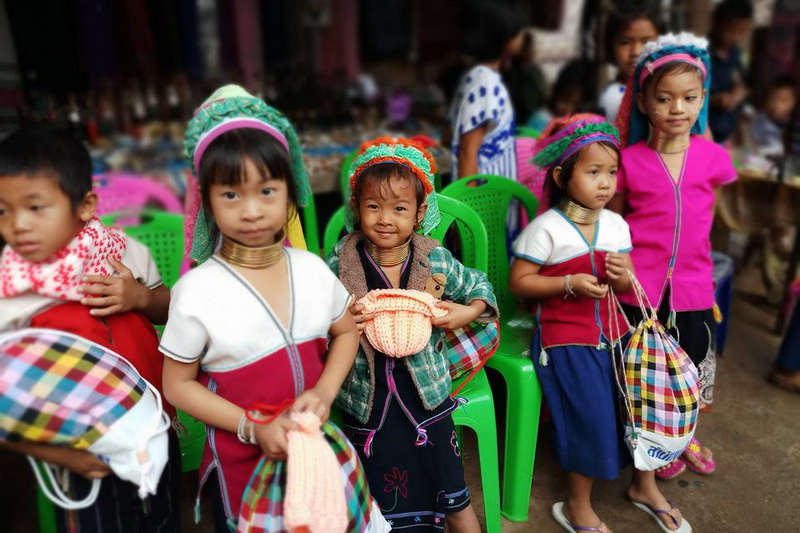

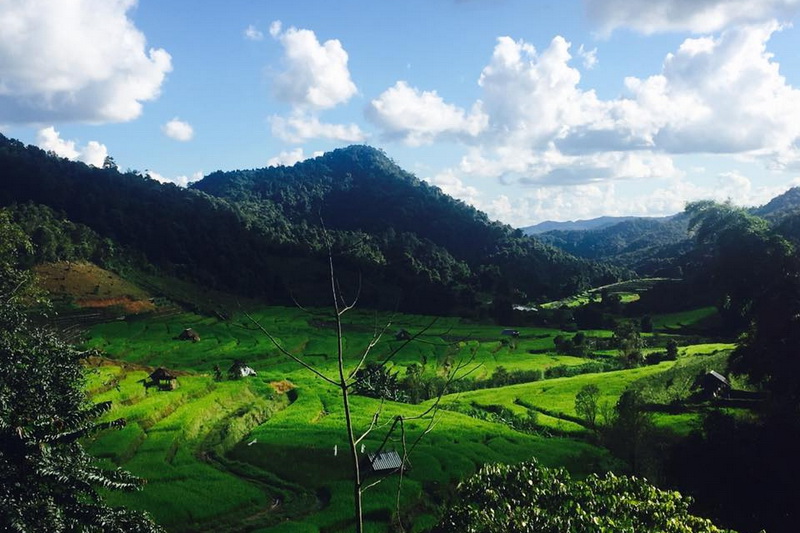
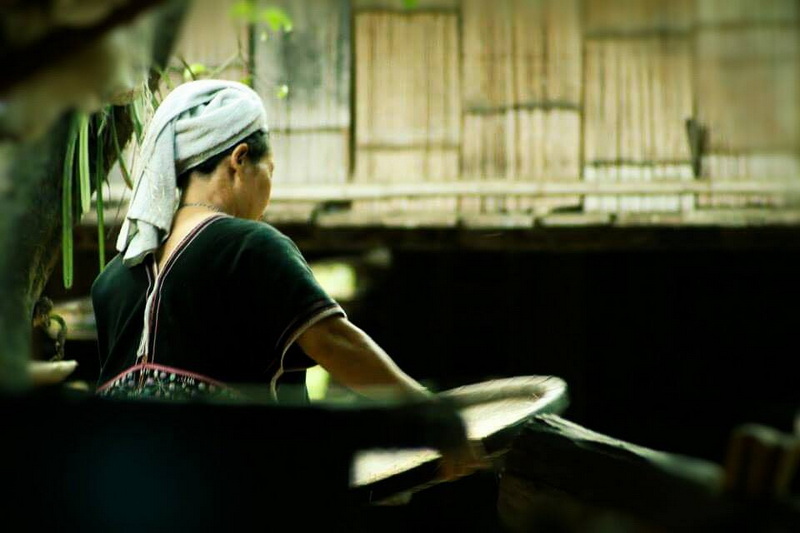

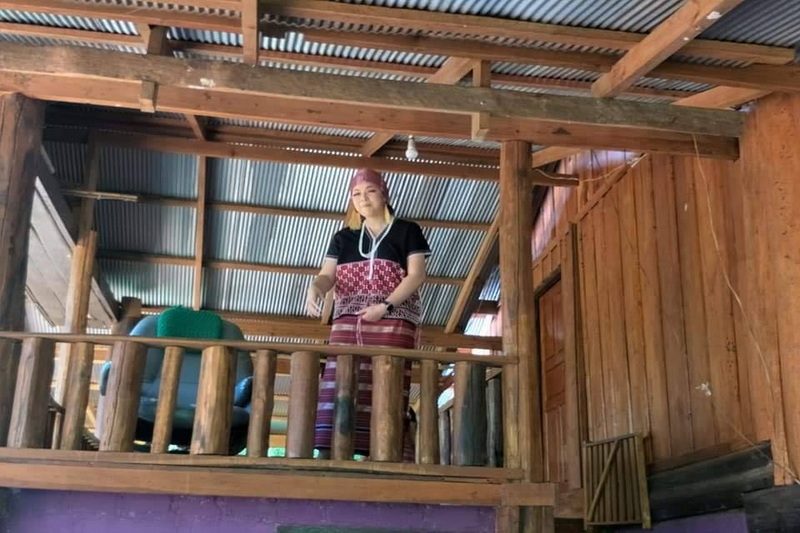
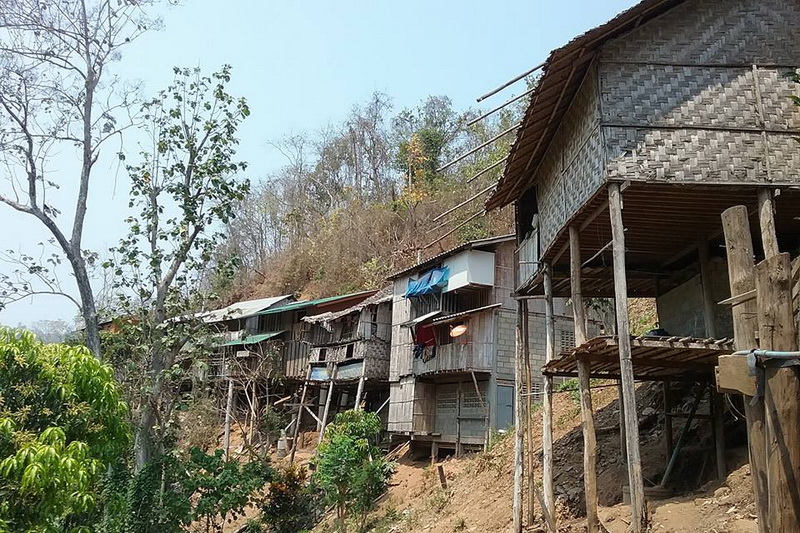
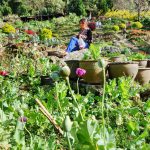 Next Post
Next Post